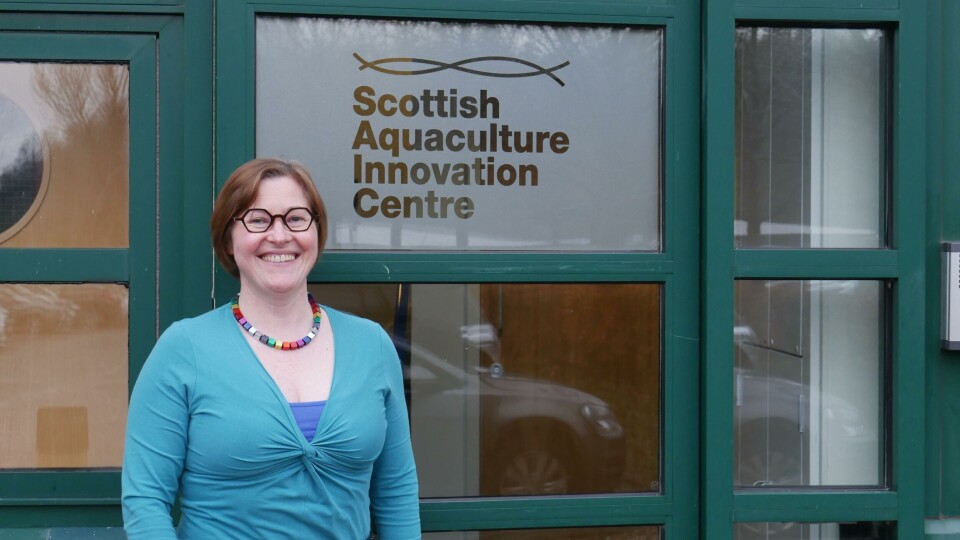
SAIC wins £10m in funding for next five years
The Scottish Aquaculture Innovation Centre (SAIC) has secured £10 million in public funding for the next five years, a 48% increase on the £6.75m it received for its first five-year term.
The investment – provided by the Scottish Funding Council, Scottish Enterprise, and Highlands and Islands Enterprise (HIE) – is expected to be supplemented by an additional £3.5m secured from third parties, ranging from competitive grants to income generated through services.
During its first five-year phase, SAIC turned its £6.75m funding package into a portfolio valued at £42.6 million, spread across 47 initiatives. Of the total figure invested, £33.8m came from industry (mostly salmon farming) and other partners – leading to the creation of more than 200 jobs, largely in rural areas.
Talent pool
SAIC also supported the development of the aquaculture talent pool by funding the studies of 92 MSc and PhD students.
The Scottish Government’s minister for further education, higher education and science. Richard Lochhead, said: “The Government is working hard to ensure the aquaculture industry continues to thrive, and today’s announcement means the Scottish Aquaculture Innovation Centre will remain a catalyst for growth in a key national industry which enjoys international success, securing future jobs and sustainable economic growth.”

Bringing sectors together
SAIC chairman David Gregory said the centre had sought to act as fulcrum for industry, the public sector and academia, helping the industry deal with challenges through access to academic expertise and applied research.
“The level of investment from industry is testament to that success: our original goal was to attract £1 of industry investment for every £1 we spent on projects, but we have delivered significantly more than that. The projects have been industry-relevant, attracting hard cash from partners and delivering outcomes that could make a real difference. We have also encouraged the industry to talk about the good work that is being done and re-invent the way it shares information, not only with itself, but the wider world too.”
New funding sources
In its Phase 2 strategy for the next five years, SAIC said it plans to:
- Drive innovation by leveraging new sources of funding and bringing multiple partners together from across the UK, with a particular focus on engaging with small and medium-sized enterprises (SMEs);
- Develop aquaculture skills and talent across Scotland through a focused programme. This will include a mentoring scheme; helping the growth of the Women in Scottish Aquaculture (WiSA) network; and, for the first time, working with undergraduates and schools to build awareness of aquaculture as a career;
- Share innovation throughout the industry by organising workshops, conferences, and disseminating information in new ways over the next five years. SAIC will host Gill Health Initiative 2020 in April next year in a bid to inspire and share new ideas around an important industry priority.
Pioneering research
SAIC chief executive Heather Jones said: “The world has an insatiable appetite for protein. In salmon and other seafood, Scotland is producing globally-recognised, sustainably sourced premium products to match that need. Innovation has been, and will continue to be, an integral part of how we help the industry enhance fish health and wellbeing, reduce losses, and enable businesses of all sizes to grow.
“Over the next five years, we will build on Scottish aquaculture’s existing foundations to establish a low-carbon, hi-tech, data-rich, and cutting-edge sector that is led by pioneering research aligned with genuine industry need.”




















































